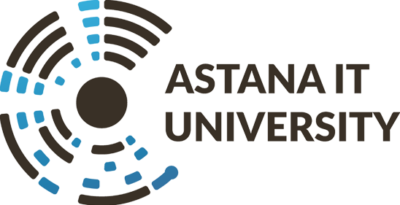The second part of the discipline “Statistics & Data Science” students focus on the practical application of data science techniques to extract valuable insights from large-scale datasets. This section covers various aspects of data science, including data preprocessing, data visualization, machine learning, and data mining. They will learn how clean, transform, and preprocess big data to address common issues, such as missing values, outliers, and inconsistencies, ensuring data quality for further analysis; explore different visualization techniques to effectively present and communicate insights derived from big data, enabling you to identify patterns, trends, and anomalies; get familiar with machine learning algorithms and techniques suitable for big data analytics, such as classification, regression, clustering, and dimensionality reduction, enabling automated pattern recognition and prediction; understand the principles and methods of data mining to discover meaningful patterns and relationships in large datasets, facilitating decision-making and uncovering hidden insights.

